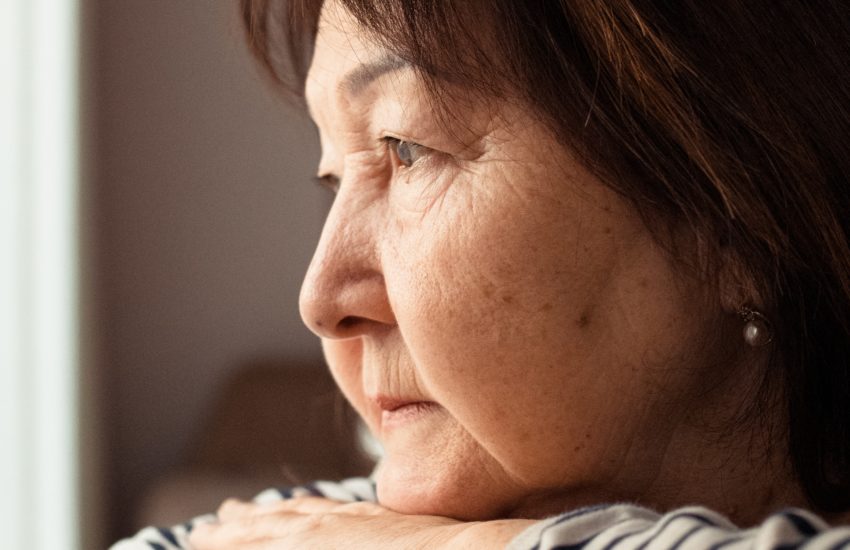Living in Greener Areas is Associated With Better Mental Health
Are you familiar with the 3-30-300 green space rule? I wasn’t. The rule states that ideally, everyone should be able to see 3 trees from their home, have 30% tree canopy cover in their neighborhood, and not live more than 300 meters (about 984 feet) from the nearest park or green space. The idea was proposed by Cecil Konijnendijk, an urban forester, and has been promoted by many other urban planners.
While the concept of “urban green space” is generally known to have many great health benefits—longer life expectancy, better mental health, improved cognitive function—no one has been able to nail down how much green space is needed to reap the benefits.
But a study led by Barcelona Institute for Global Health and published in the December 2022 issue of the journal Environmental Research recently evaluated the 3-30-300 green space rule and its relationship to better mental health.
The Results
Based on a sample of 3,245 Barcelona residents between ages 15 and 97 who were recruited randomly to participate in the Barcelona Health Survey 2016, the findings showed:
• Only 4.7% of the surveyed population met all three criteria (3-30-300) but those who did had clear associations with better mental health, less medication use, and fewer visits to the psychologist or psychiatrist (although only the latter of the associations was statistically significant).
• 22.4% had none of the 3-30-300 elements.
• 43% had at least three trees within 15 meters (49 feet) of their home
• 62.1% had a major green space within 300 meters
• 8.7% lived in an area with surrounding greenness (but not visibility of trees or access to major green space), which was significantly associated with better mental health, less medication use, and fewer psychologist or psychiatrist visits.
The Takeaways
• Measures (and surrogate measure) of the 3-30-300 green space rule were associated with better health indicators.
• Barcelona has too little green space.
• Meeting the 3-30-300 green space rule appears to be very difficult for people in compact cities.
• People who met all the criteria for the 3-30-300 green space rule had clear associations with better mental health, including less medication use and fewer visits to a psychologist or psychiatrist.
MBJ
Wendy Burt-Thomas writes about the brain, mental health and parenting.
Check out the original research:
https://www.sciencedirect.com/science/article/pii/S0013935122017145?via%3Dihub


